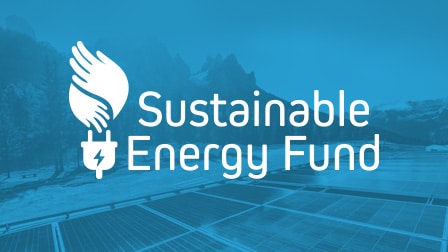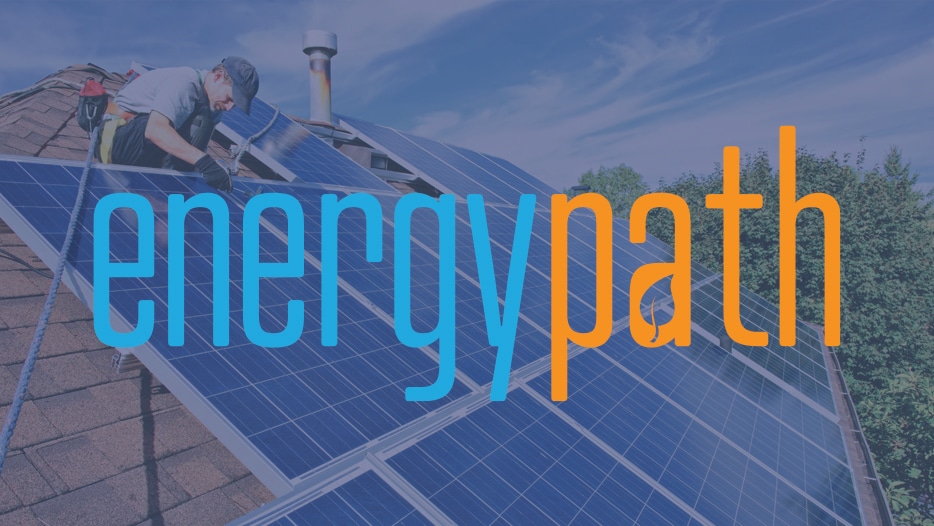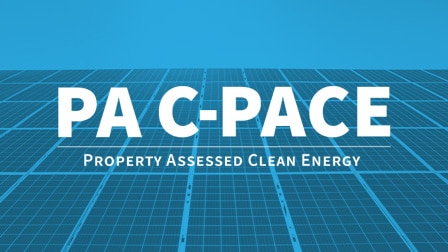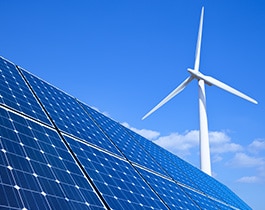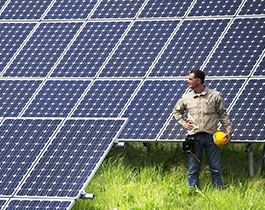SCHNECKSVILLE, PA., June 3, 2025—Sustainable Energy Fund (SEF) has announced the Family Promise of Carbon County...
» Read MoreThe Inflation Reduction Act: Part 1
Introduction:
The Inflation Reduction Act (IRA) allocated approximately $370 billion to clean energy and other climate-related programs. From the time this act was signed into law, Sustainable Energy Fund (SEF) has been prudently analyzing its contents and any subsequent guidance that has been released. Through this research, SEF has gained more insight into the nuances of these provisions and how they can affect various projects in the market. In this new blog series, SEF will introduce some of the main provisions and modifications covered in The Inflation Reduction Act to provide context into its scope and impact. Guidance is still unreleased for several portions of the IRA and as such, information is subject to change. Sustainable Energy Fund is not an accounting agency. Please check with your accountant to verify the tax consequences.
Credit Modifications:
Transferability and Direct Pay:
Many of the tax credits outlined in the IRA now qualify for direct pay and transferability. These two mechanisms allow for organizations who may not have substantial tax liability (or may be tax-exempt) to benefit from certain tax provisions in the act. These parties can now receive direct payment for these credits or transfer the credits to another taxpayer. This has the potential to level the playing field for these entities, allowing for better project economics. More projects in this sector could be spurred on just by making the new and modified credits more accessible for these entities.
Credit Increases
The Inflation Reduction Act contains several provisions in the form of “adders” that increase the applicable tax credit amounts depending on the project and credit type. In the case of many existing programs that were modified by this act, the base credit amount is initially reduced. To obtain credit amounts greater than or equal to past values, there are several conditions that can be met. The largest increase in credit can be obtained by meeting prevailing wage and apprenticeship requirements. Guidance has since been released on these requirements and is linked here. Projects smaller than 1 MW (measured in alternating current) are exempt from these requirements and will still receive this increase in credit.
Additional and smaller credit increases can be obtained based on the geographic location of certain projects. Projects sited in an energy community may be eligible to receive an increase in credit. Small-scale wind and solar projects located in low-income communities may also be eligible for a credit increase. A larger increase could be available if the project offers a portion of financial benefits to low-income households. More guidance on the low-income credit increase for solar and wind facilities can be found here. A final credit increase may be obtainable by utilizing a defined portion of domestic content in the construction of the project.
Conclusion:For more information on how we can help with your commercial energy project, please do not hesitate to send us an email at [email protected] or call our office at 610-264-4440. Check back soon to hear more about The Inflation Reduction Act and other sustainability news.
